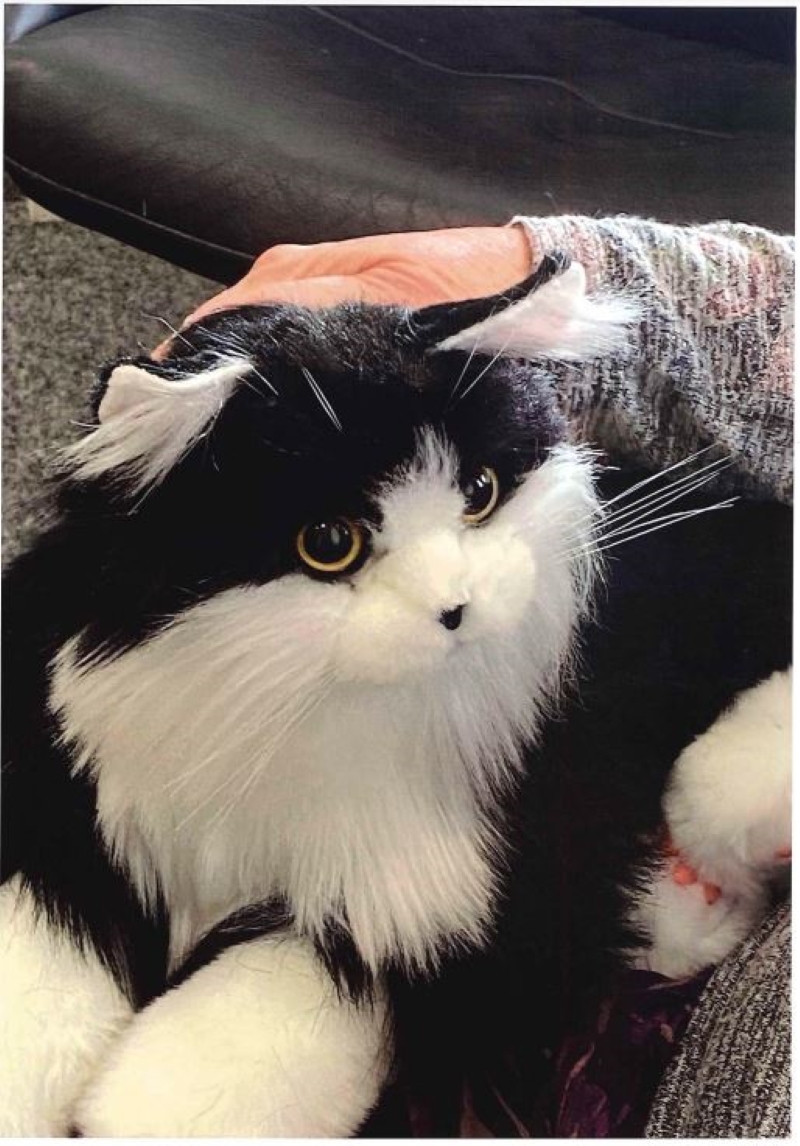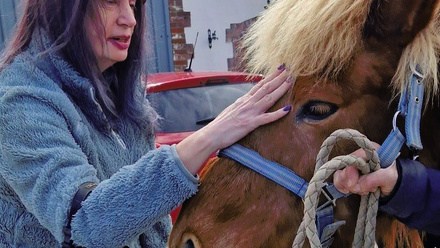AI pets

Dementia is a common problem in aging societies and in our we support clients of varying ages and with varying levels of the condition. Some of the clients we support live alone and many can be lonely and socially isolated.
We were recently successful in an application for funding opportunities from Digital Notts, supporting Home-based care providers interested in a grant to support the introduction of digital technology. Our application was for Robotic companions.
Socially assistive robotic technology has been developed as a way of using robotic pets (we chose cats and dogs) as companions to improve the social interaction and mental state of older adults with dementia. The robotic pets have the characteristics of ‘live pets’ and can detect when they are being petted e.g. visually the cats are positioned as being curled up for sitting on a client’s knee or nearby, they have realistic feeling fur making them very tactile and they imitate the sounds of a cat – meowing when they want stroking and purring when being touched.
We considered there maybe misperceptions of the robotic pets as a live animal but felt AI robotic pets have been designed to interact with humans and satisfy the needs for humans ‘to connect’ and are a viable alternative when clients are unable to care for live animals. They can serve as therapeutic companions for clients with dementia delivering support and stimulation whilst increasing their wellbeing. The robotic pets seem to have been effective in reducing loneliness in our clients, particularly amongst those who live alone and have few social interactions. Some clients even took the animals to bed to sleep with them.
With all of the above in mind we carefully selected clients who might benefit from the companionship. The clients we chose were known to have previously been pet owners, live alone and have a diagnosis of dementia. Initially when the pets were introduced the clients were unsure; wondering what they were and how they would be able to look after them but after a short time their behaviour changed. The clients were curious, the animals appeared to give them companionship and emotional support. When interacting with the animals their relationship and communication skills changed when interacting with carers and family members. The clients who had previously been aggressive at times showed a calm demeaner and demonstrated improved communication skills when interacting with the animals. Showing their pets to others helped to increase communication with others.
When a client is feeling upset, it was observed the AI-powered robotic pet offered comfort through gestures, sounds and simulated cuddles. This emotional connection enhanced interactivity with the pet and contributed to the wellbeing of the owner, often improving their mood.
AI-powered robotic pets have shown positive results in supporting people living with dementia. They appear to provide comfort and engage people who show signs of social isolation, reduced communication or agitation.






